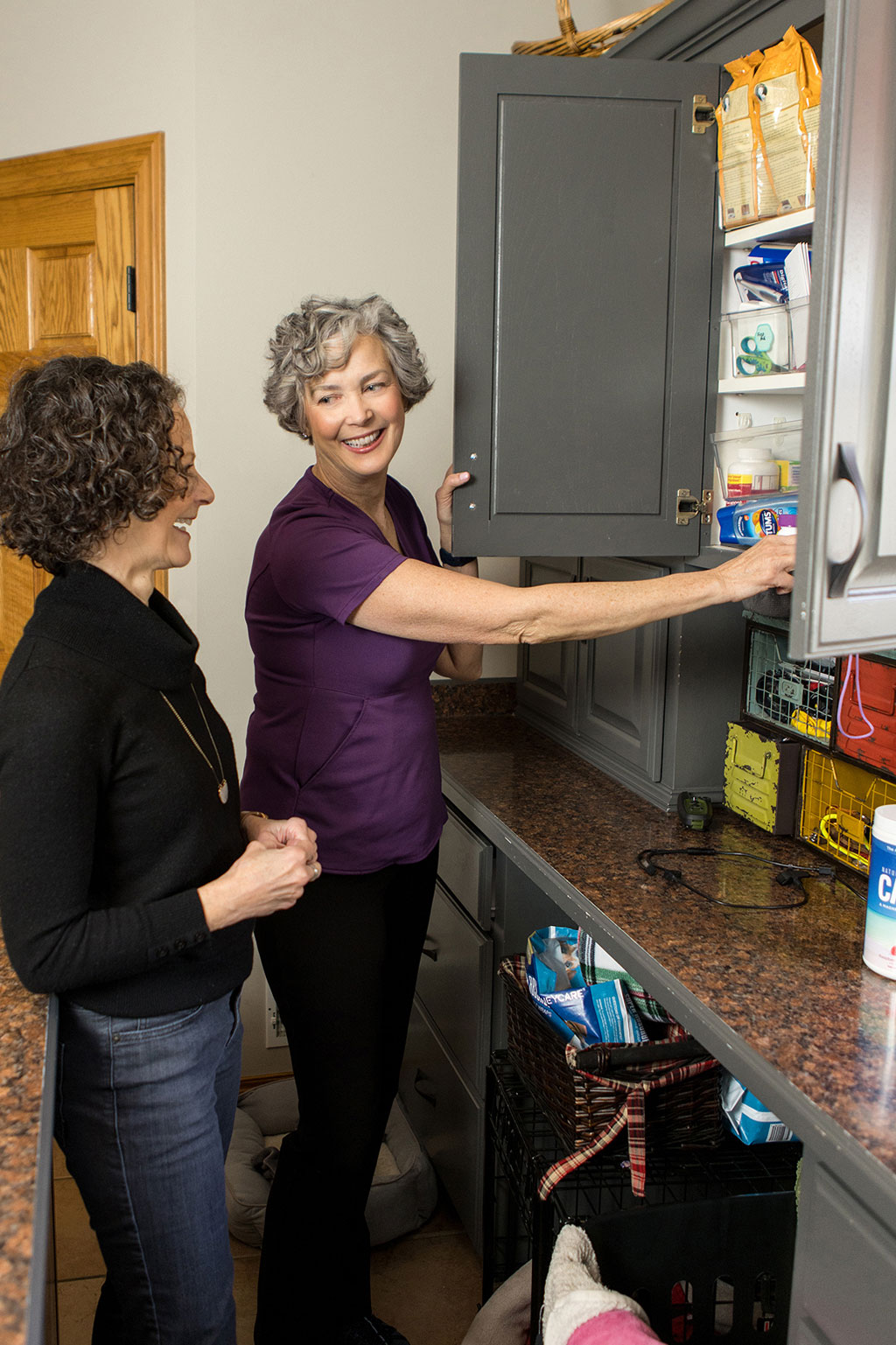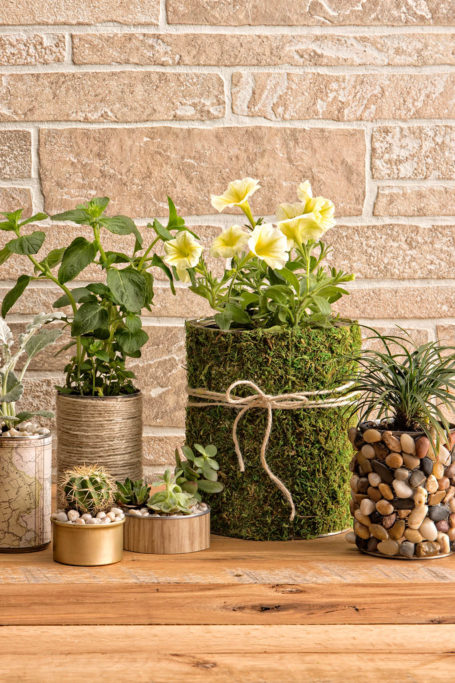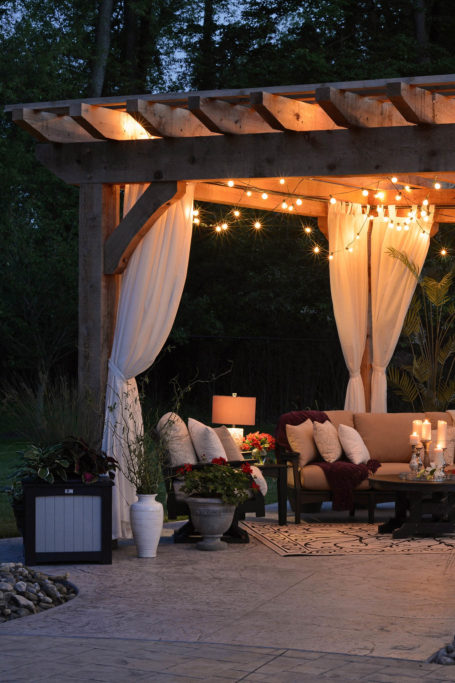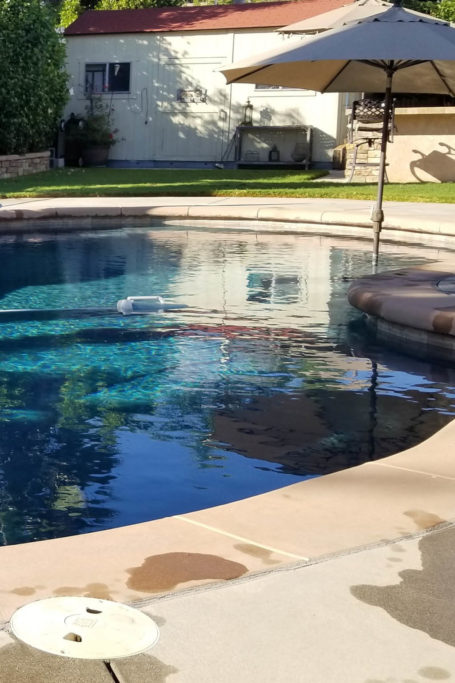Mastering the Art of Downsizing
Interview with Valerie Cady
Photos courtesy of Valerie Cady and Kristina Marshall
Valerie Cady, founder of Winnow and Spruce Organizing, discusses how she got started as a professional organizer along with the key steps to decluttering your home, whether for a move or simply to open up your spaces.
Tell us about yourself:
I double majored in recreational therapy and psychology in college, and I’ve worked in psychiatry, chemical dependency, outdoor recreation, and direct sales and as the head of a private school. With that final position, I realized I wasn’t cut out for management, so I quit and took a year to rest and reflect on what I wanted to do. During that time, I read a lot of books, one of which was Marie Kondo’s The Life-Changing Magic of Tidying Up.
Her methods resonated with me because I had been organizing my workplaces and homes my entire life. I wondered if it was possible to have an organizing business and, after some googling, realized not only that the answer was yes but also that there was an entire industry around it. I spent the rest of the year downsizing my house by working through different rooms and sorting everything I had. While doing so, I timed myself so I could know how long it would take and paid attention to the different emotions I experienced throughout the process; I knew my future clients would likely have a multitude of feelings when going through their things, and I wanted to be as prepared for that as possible. I opened my business in May 2015 and, three days later, had my first client.

You downsized from a 2,800-square-foot home to a 200-square-foot studio. What were some of your biggest takeaways?
I was surprised by the memories—both good and bad—that came back from merely holding an item in my hands. It was tough to let go of gifts from my family even if I wasn’t using them, and I felt sad about expensive clothing that no longer fit or was out of style. I was also taken aback by how long it took to gather similar items in one place; I kept coming across different pens or photos in various spots around my home.
Additionally, taking the whole year to downsize my home was incredibly helpful. I highly recommend having a large period of time to work at it, if possible, rather than rushing through the process. And having all my supplies, such as boxes, garbage bags, and a label maker, at hand certainly made the process faster and simpler.
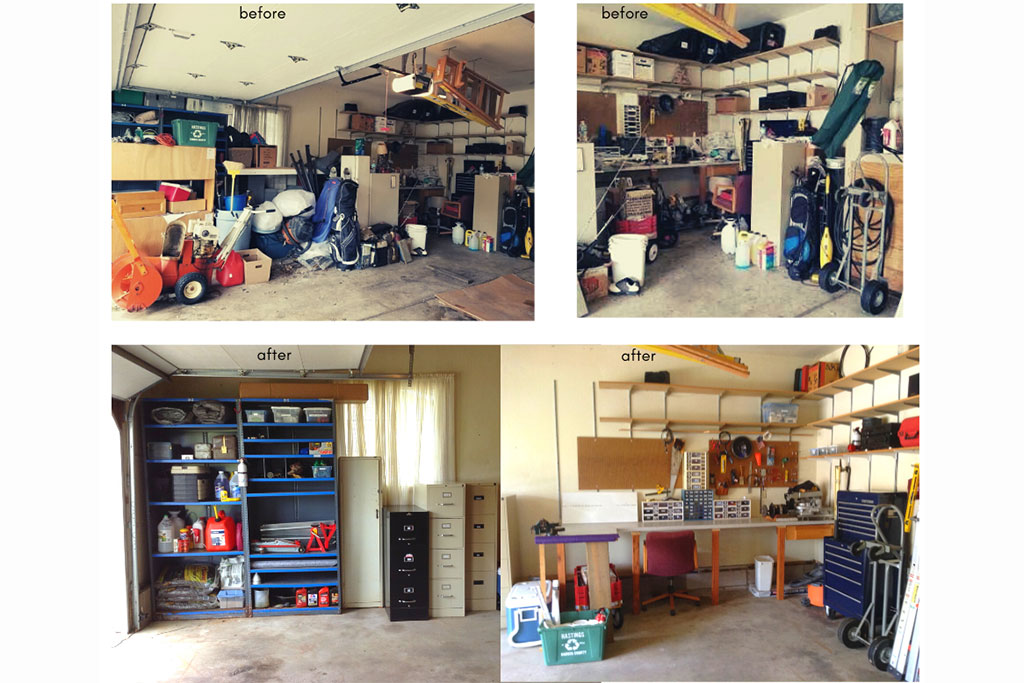
What are the main steps to decluttering and organizing?
I’ve learned that there are three key ones: planning, scheduling time, and lining up resources. The first involves deciding what items will stay and which will go. Everything in the house belongs in a category: clothing, tools, kitchen supplies, lamps, candles, office supplies, paperwork, and so on. If you’re moving to a smaller space, I always suggest calculating the difference in square footage to determine the ideal percentage you’ll have to get rid of in each category. For instance, if there’s a 30 percent difference in size, then at least three of every ten items will need to go.
Next comes scheduling. I recommend blocking out time for organizing and decluttering on your calendar just like you would for any other important appointment. Consistency over time yields the best results, so aim for the same time every week for no more than two hours at once, at least to start. This can help you get your system in place and practice making decisions about your belongings.
Finally, seek out essential resources to assist in the process. For instance, you can ask family and friends to help with tasks like gathering materials, hauling donations, and selling items on Facebook. Having someone else involved will also provide accountability and motivation and make the whole experience more fun.
As you go through these steps, keep in mind that like with any organizing or decluttering process, it’s going to get messier before it gets better. Because of this, it’s important to keep one room tidy so you have a place to rest in. Plus, this can help with your mental health and allow you to fight any fatigue you may have.
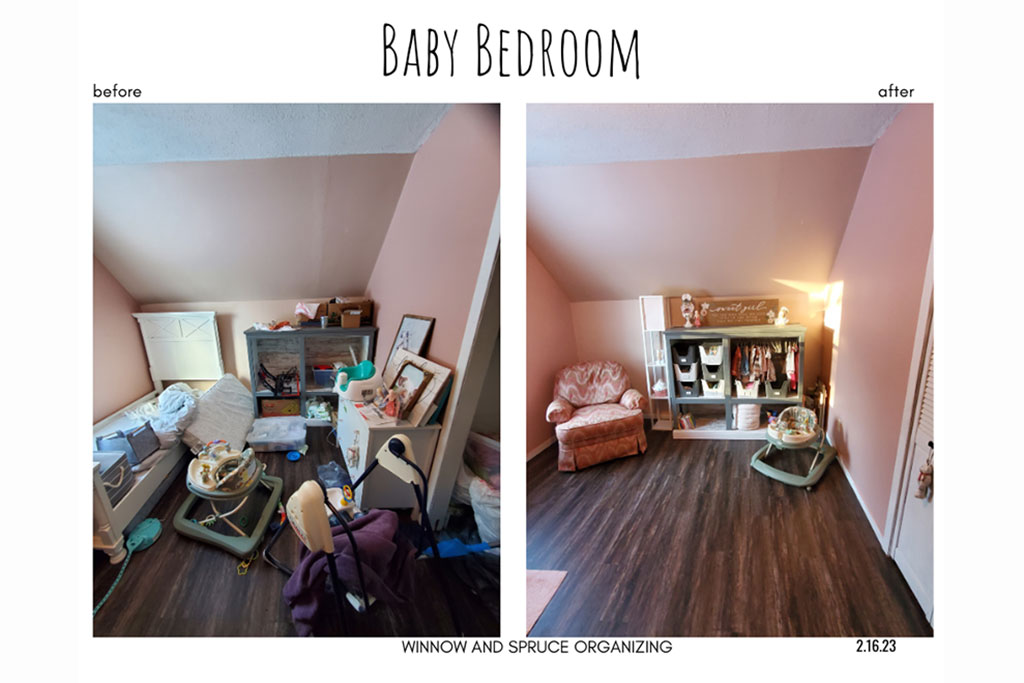
How do you help your clients decide what to keep and what to get rid of?
It ultimately comes down to what each individual values most. During the initial consultation, I have clients state and write down their vision. Sometimes we’ll post it on the wall in the room we are working in as a reminder of what we want to accomplish. We then set criteria for what items will support that vision. I’ll ask questions like “When was the last time you used this?” or “Do you love it?” to help them think through whether to keep different pieces, encouraging them to talk aloud while going through their things. Most people who aren’t sure what to get rid of really just need practice. There are a lot of decisions that have to be made, but the more they do it, the easier it gets.
The whole process can also evoke unresolved feelings of loss, grief, trauma, anger, and joy, leading to a reliving of the past. That’s why I work to provide a safe place for my clients to process their thoughts, but I’m always mindful to redirect since I’m not a therapist. I stage the different categories of items we have to go through in an order that I believe is best suited to each client’s needs, and I’ll encourage them to take breaks to give their brain and body time to rest and recover. I don’t want them to feel worn down because it can be a long process. Instead, it’s just about taking it one small step at a time.
For more info, visit winnowandspruceorganizing.com











